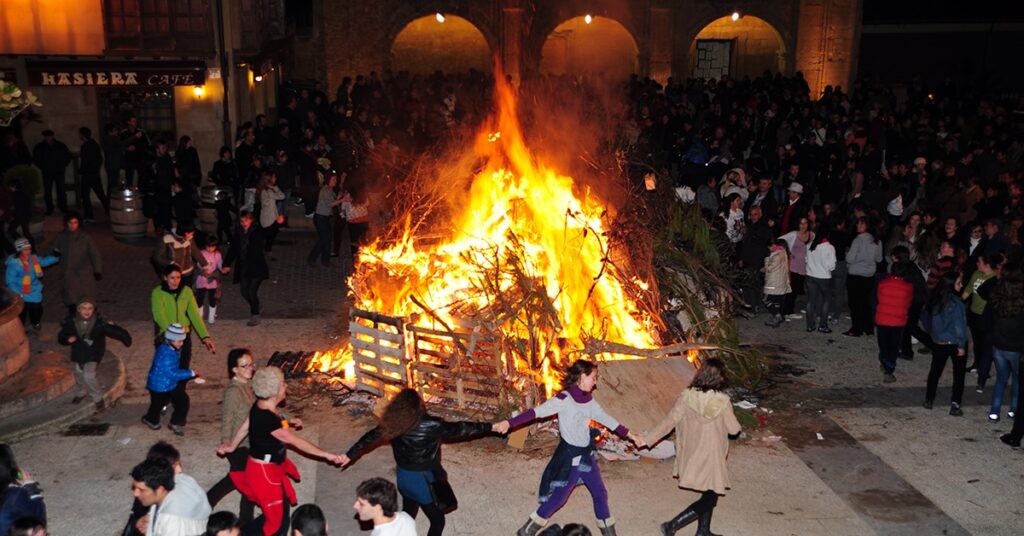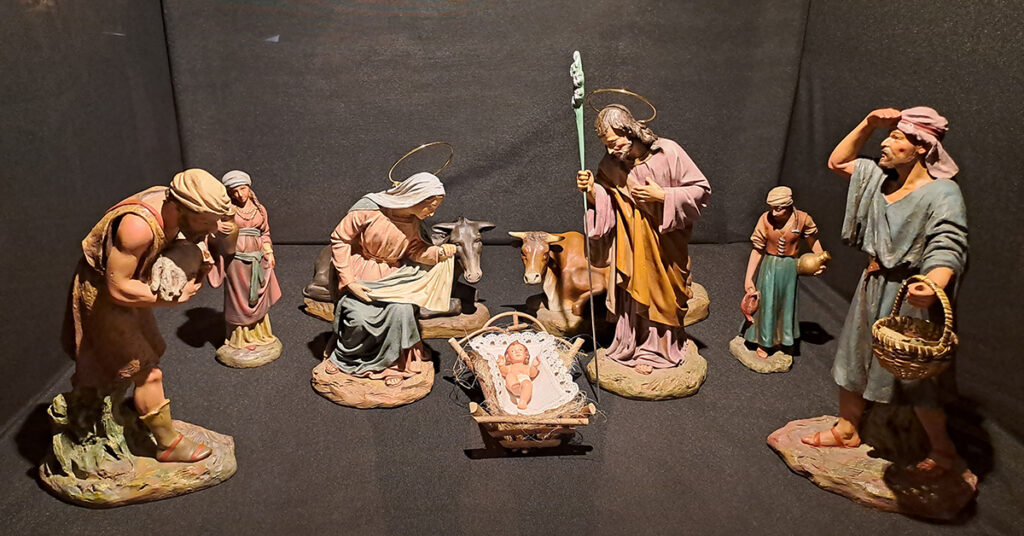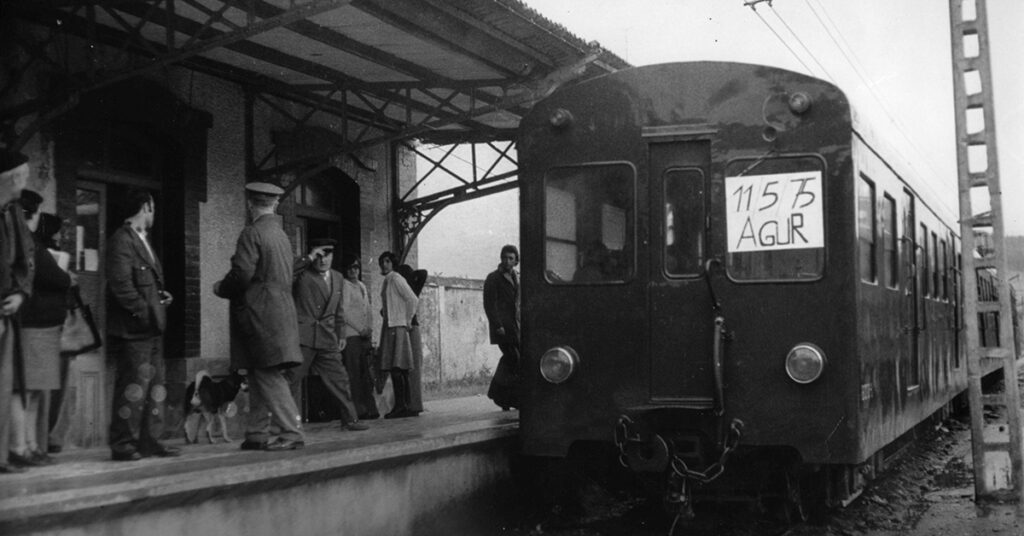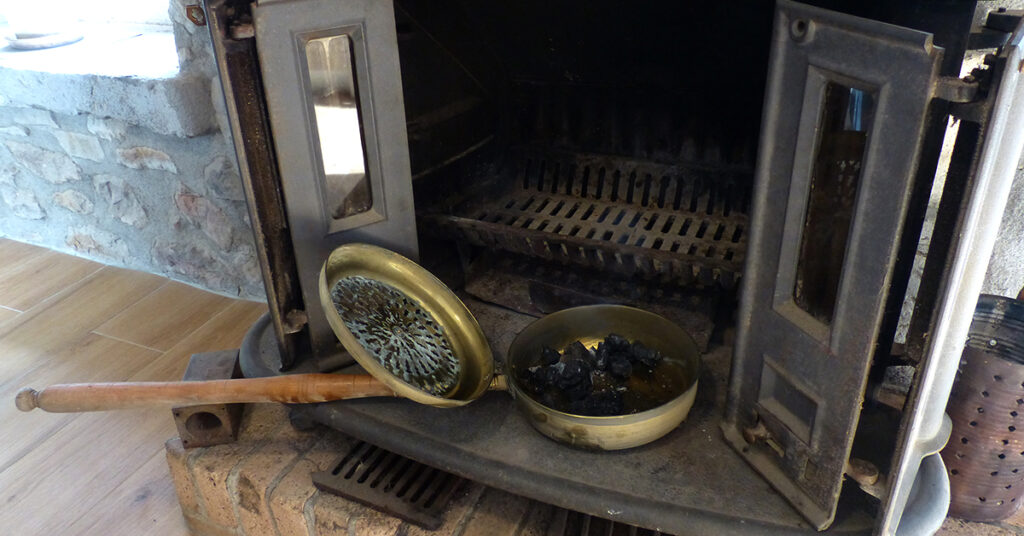Basque ethnography at a glance
If we are referring to the northern hemisphere and, specifically, winter, while the start of the astronomical season is set by the Solstice between 19 and 22 December, depending on the year, the meteorological season is based on whole months: December, January and February.
It must be recognized that, when Christmas arrives, putting up the nativity scene at home or in the parish is a custom strongly rooted in our country. It is also true that this not only happen in this Basque-Navarrean land, but throughout the Christian community. Precisely this month of December 2023 marks the 800th anniversary of that first nativity scene in history, a live nativity scene, made of flesh and blood, except for the Child who was a figurine. This took place in Italy, at the initiative of Saint Francis of Assisi. Therefore, it was in December 1223 when the nativity scene tradition began to take shape, initially as living nativity scenes, and shortly after based on figurines. These were born as a pedagogical tool of the Franciscans to teach the biblical passages of Matthew and Luke that narrate the Nativity of Jesus, to a society that mostly did not know how to read. From that moment onwards, it was the Franciscans and the Clarisses (female branch of the former) who maintained and extended this tradition. (more…)
In days gone by, the train was the means of travelling between many towns and the capital, as few families owned their own vehicle. Towns that did not have a station or a train stop were served by bus, which also supplemented the available rail service. A train journey today makes us feel nostalgic as we watch the landscape go by. It takes us back to our childhood when we travelled with our parents. (more…)
The temperature and environmental conditions in our climate zone change with the seasons, and also each day, depending on whether the sun is shining or the phases of the moon. Our body cannot always adapt to those changes and needs the help of different systems to ensure our body temperature stays as constant as possible.
Fire is our main ally to overcome the cold. The hearth needs to be constantly stocked with wood to keep it alight during the long winter nights; something we cannot do while we are asleep. The kitchen (sukalde, fire zone) has always kept the areas near it warm; the problem is how to heat the rest of the house and the bedrooms can be very cold at night during the winter months.





